An old Land Rover is like a trusty sheepdog: an essential tool for those who work with one, and a cutesy part of a countryside scene for everyone else. But, as with our furry friend, there comes a time when its dependability fades and retirement beckons.
So if you run an old Defender, what do you replace it with? If you work for the one-percenters at the Gleneagles golf course, the answer is a brand-new Defender 110 75th Edition, at a cool £90,200.
Others might stump up £55,000 for a new Ineos Grenadier, whereas smaller businesses or individuals might look at a sub-£30,000 Ford Ranger.
What none of these solutions addresses is the growing pressure on industries to cut their CO2 emissions by all possible means. A single-cab Ranger chucks out 226g/km, the new Defender 240g/km and the Grenadier 276g/km in its most efficient form.
Which brings us to Munro, a Scottish start-up aiming to produce a green do-it-all commercial vehicle called the Mk1. This electric 4x4’s resemblance to the classic Defender is more than coincidence.
As co-founder and CEO Russ Peterson explains, the firm originally set out to build a spiritual successor to the Defender as it was put out to pasture, targeting the go-anywhere ‘leisure’ market. What transpired was a demand not from enthusiasts but from industrial fleets.
He says: “We thought that fleet buyers, fleet operators and machinery operators would not be ready to switch to electric so soon. They would be actually looking to do this in 10 years’ time. But when we started, we did a tiny bit of PR right at the start of the conception to get the word out – to test the market and to validate the idea as a luxury car enthusiast’s vehicle.
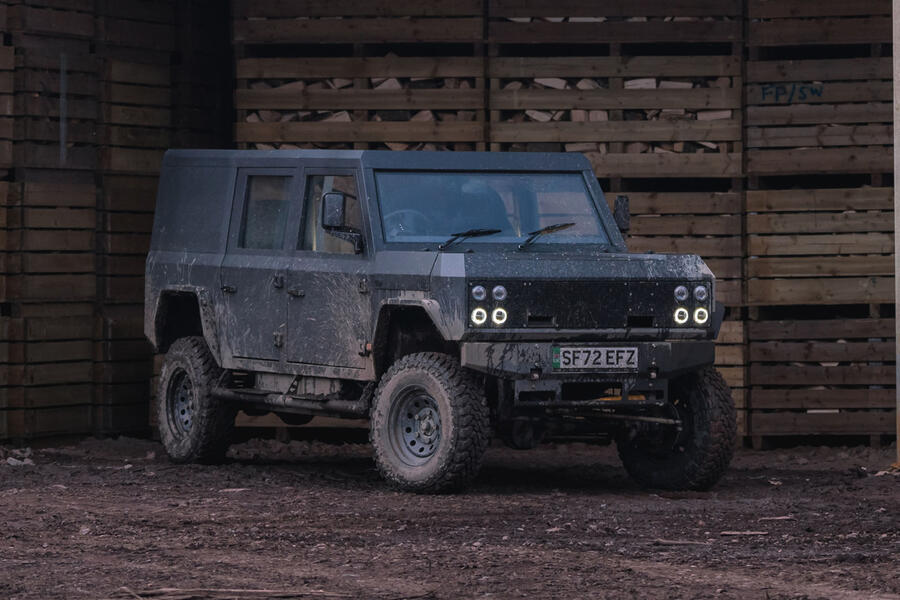
“The people that contacted us were big utility companies, like FTSE 250, FTSE 100 – huge firms that had big fleets of pick-ups and 4x4s, some of them ageing fleets of older Defenders.


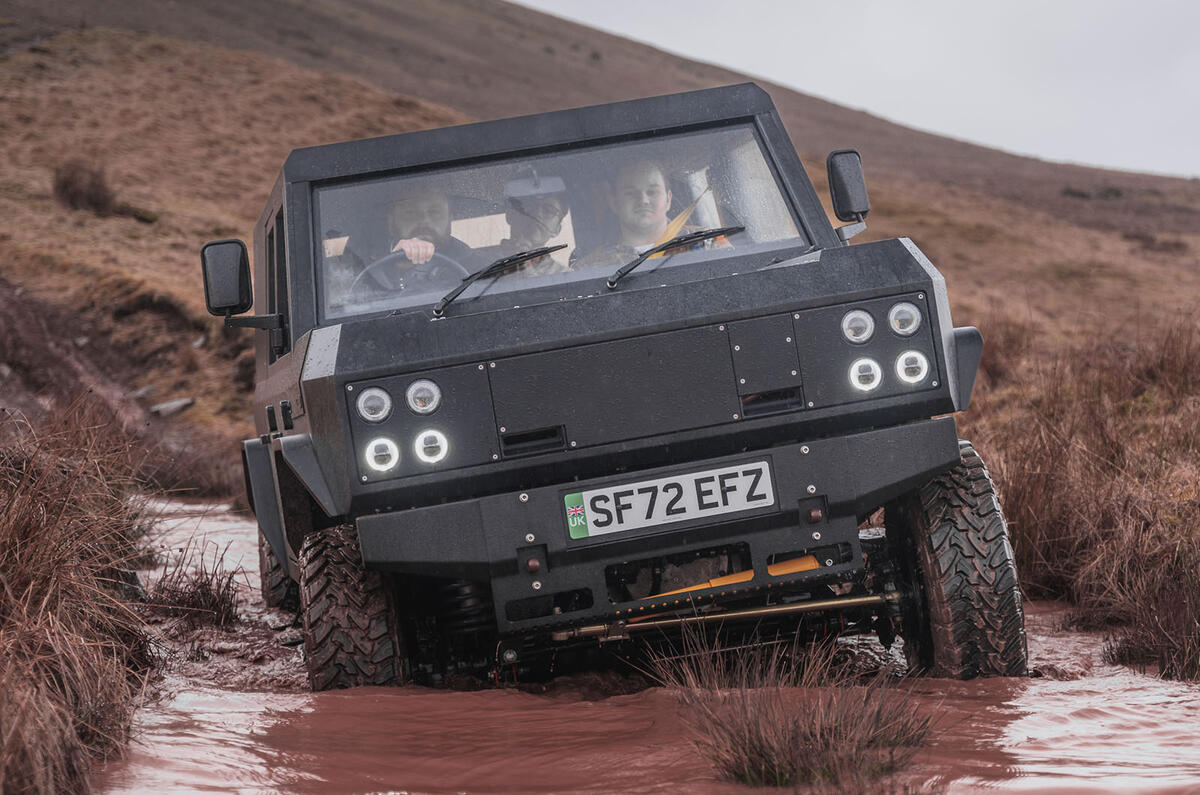

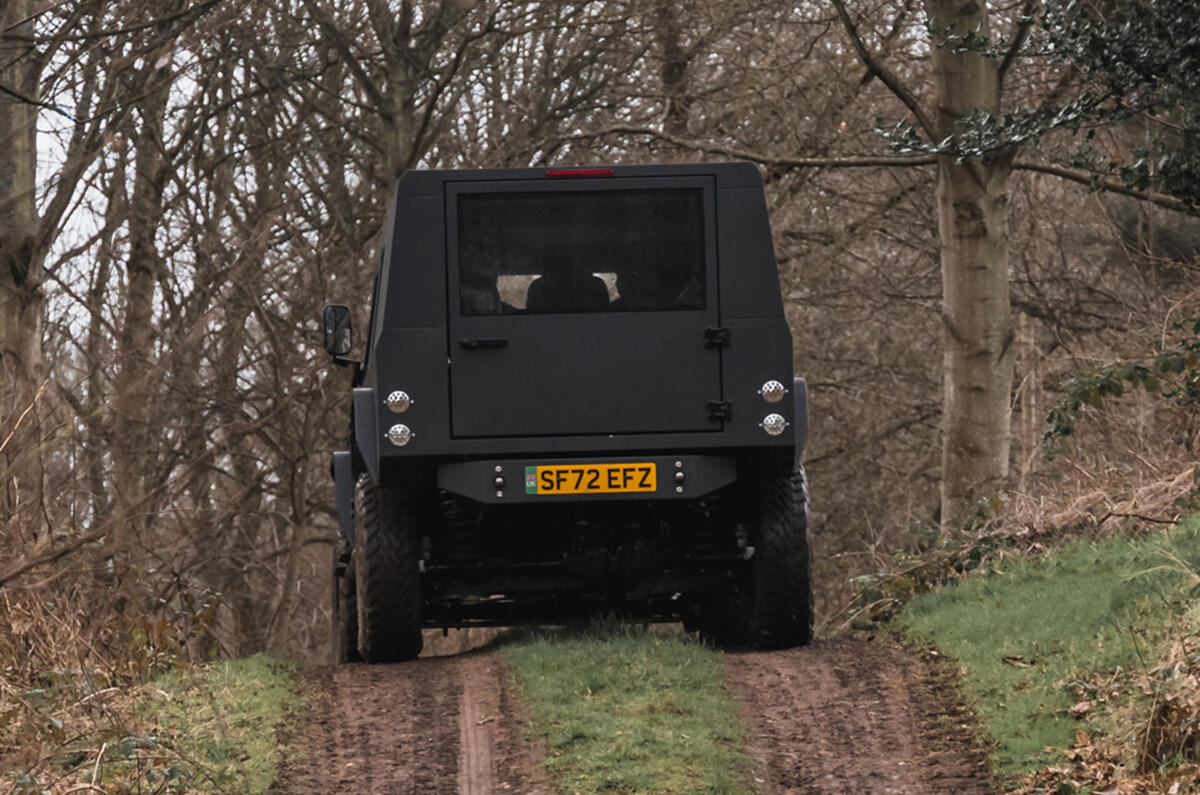

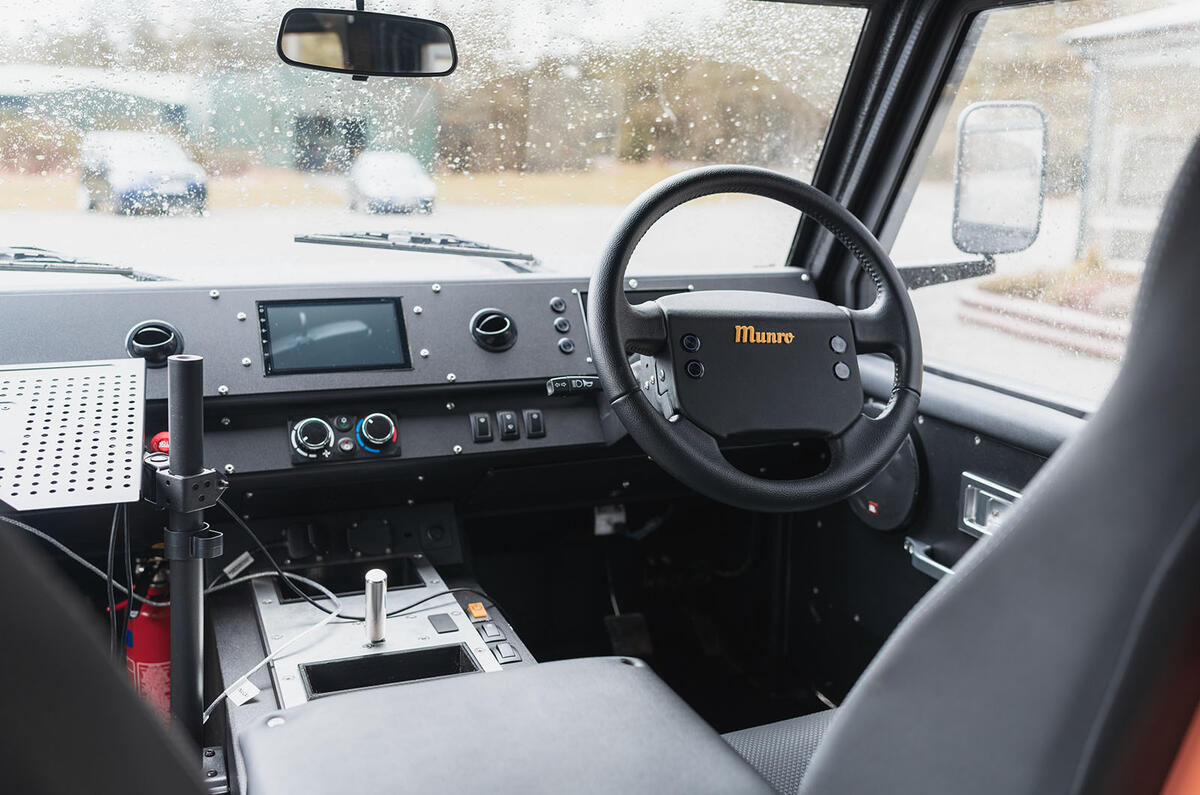



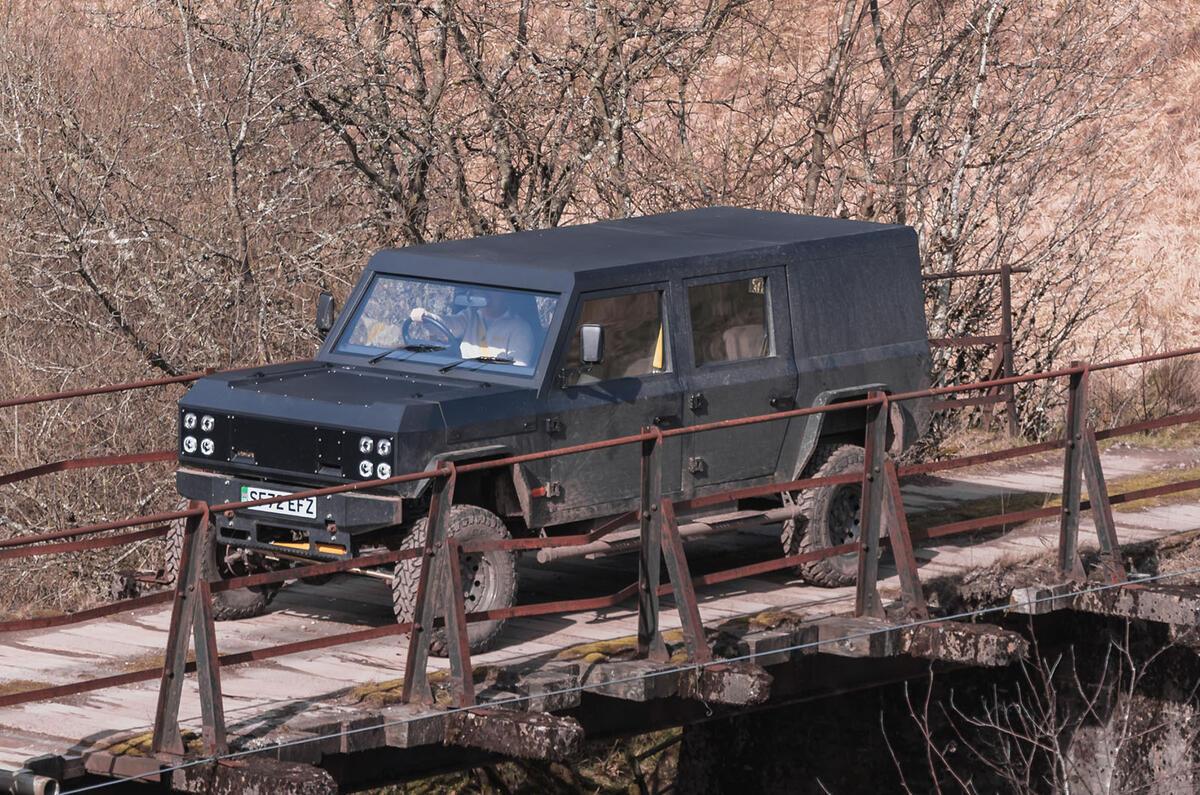



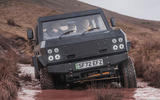










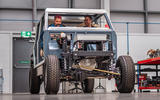
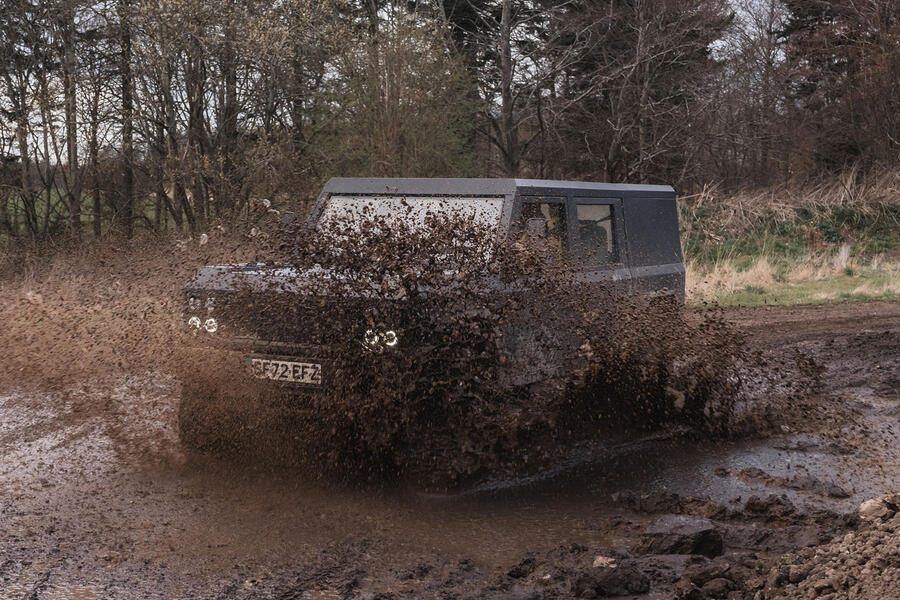
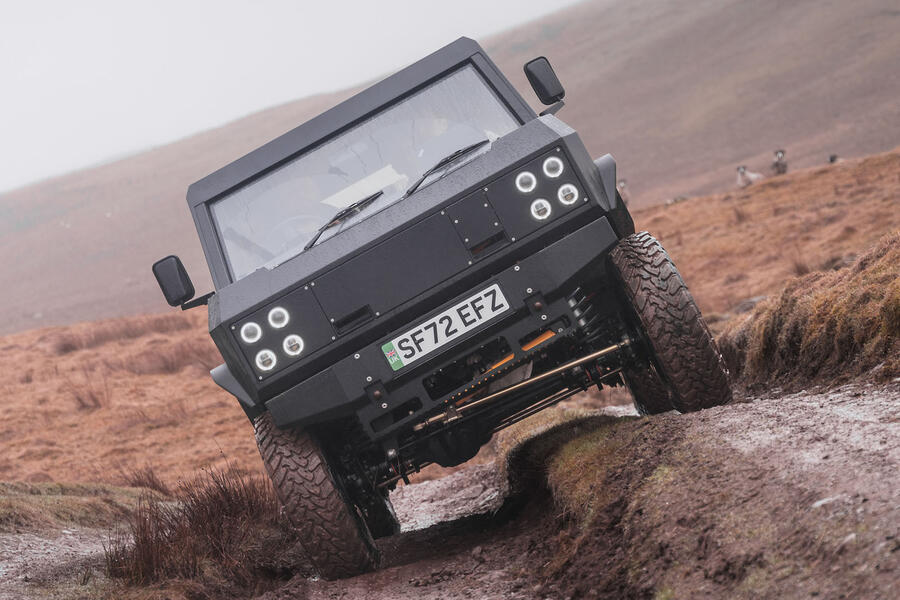
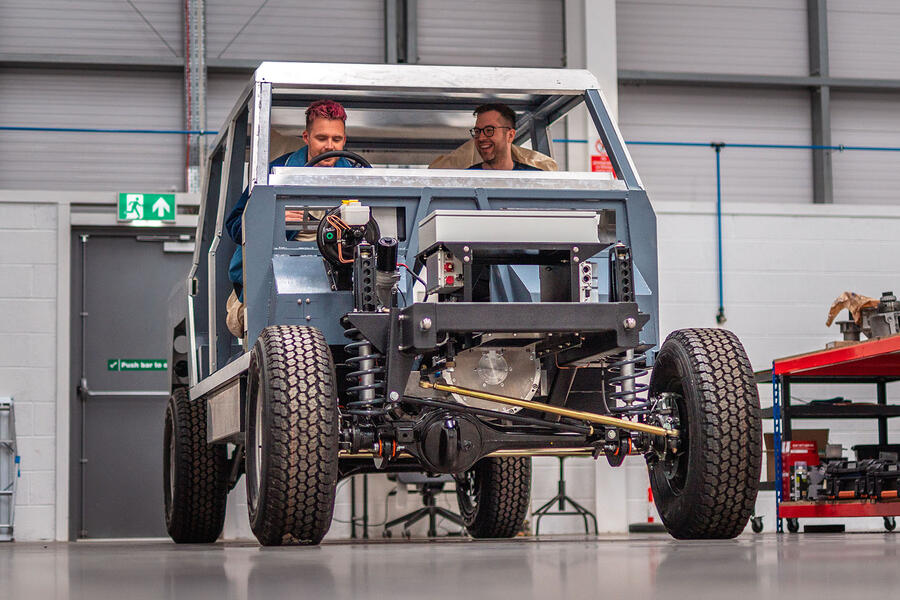
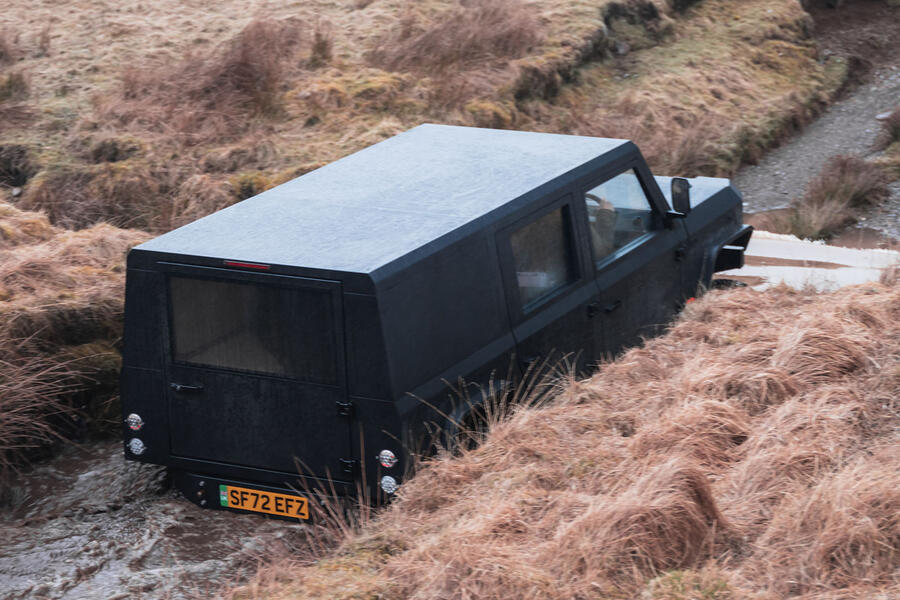

Join the debate
Add your comment
It's so crude looking and ugly though. It looks like it was designed to be shipped flat-packed. For those reaosns alone this will be a very niche player. Jeez, hire a designer next time.
The Munroe prismatic shape makes it an ideal hearse (see bottom photo), but who needs 4WD for a hearse?Therefore, it is ideal for smuggling whiskey bottles over the border.